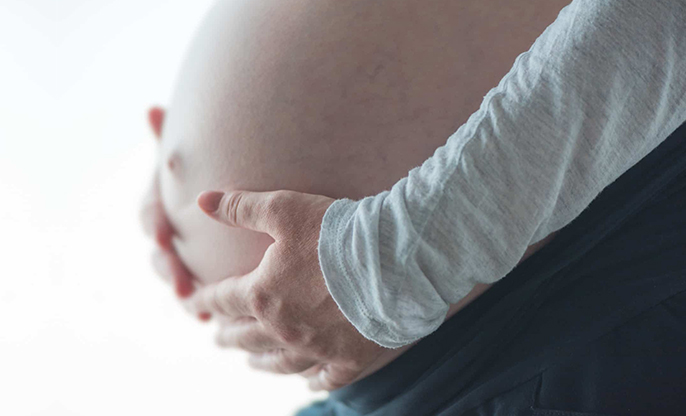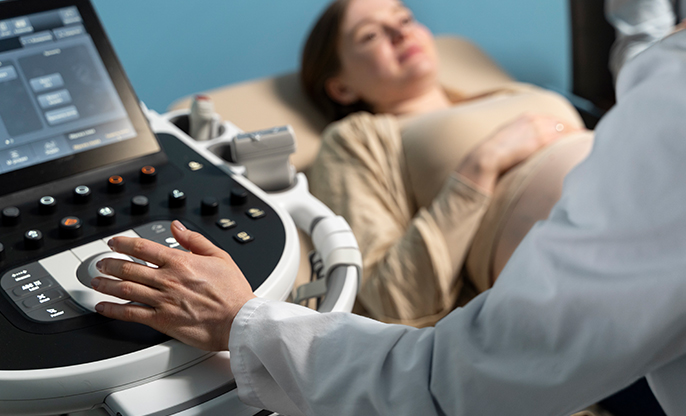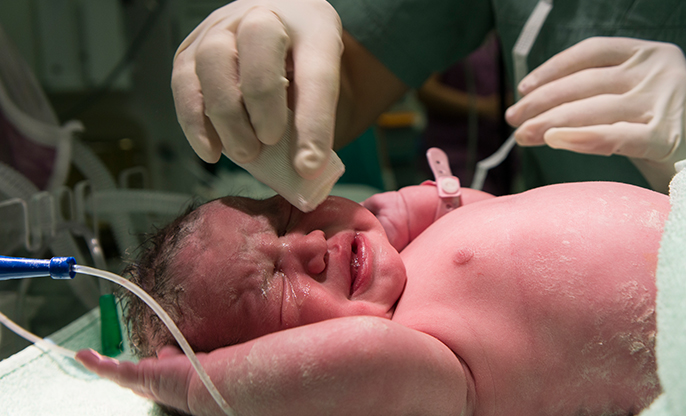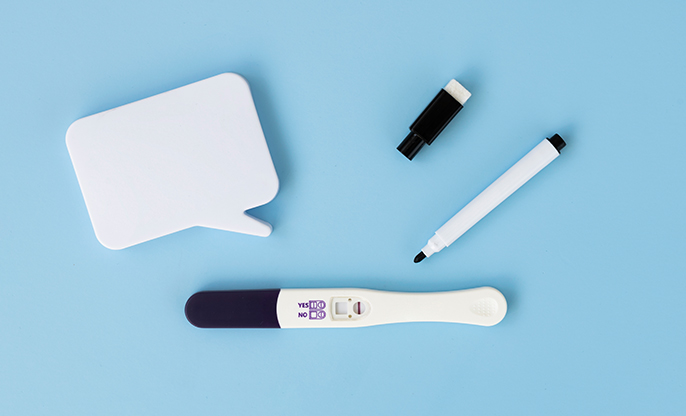
Breech: What You Need to Know About This Serious Pregnancy Complication
When it comes to pregnancy, no parents ever want complications. A safe and healthy pregnancy is welcome; they never want to face a breech presentation. A breech presentation occurs when the baby is not in the normal head-down position in the womb and is born with bottoms first. Hence, the baby is positioned with the head up and the feet down.
Early in pregnancy, breech presentation is relatively frequent, but 36–37 weeks into the pregnancy, most infants turn around naturally and settle into the head-first position. If your baby doesn't turn around and stays in the breech position, there is a higher risk of injury to the child or even death in some cases.
It's estimated that 3-4% of pregnancies will end in a breech presentation. While it's not uncommon, it can cause significant stress and worry for expectant parents.
What Are the Risks of a Breech Presentation?
The baby is positioned with his bottom or feet down in a breech presentation. Sometimes, the baby's body cannot stretch the cervix far enough to provide room for the baby's head and shoulders to emerge effortlessly. In this case, the baby's head or shoulders often run the danger of being caught between the mother's pelvic bones.
A prolapsed umbilical cord is another issue that may arise following a vaginal birth in the breech position. The blocked or damaged umbilical cord cuts off the supply of oxygen and nutrition to the child.
A breech presentation can be associated with several risks. These risks
can include the following:
• Placental abruption
• Uterine rupture
• Cord prolapse
• Fetal distress
• Preterm labor
• Fetal death
It's important to note that the risks associated with a breech presentation are not always severe and can be managed with proper care and monitoring.
What Causes a Breech Presentation?
The exact reason for a breech birth is unknown, but many factors may be responsible. Breech birth is more common in some instances, such as:
- Multiple pregnancies
- Twins or more than one baby
in the womb
- Excess or less amniotic
fluid in the sac
- Abnormalities of the uterus
- Placental problems
- Abnormal fetal position
- In some cases, it can be
attributed to the size and shape of the uterus
- Baby’s position.
How Is a Breech Presentation Treated?
If a breech presentation is detected during a prenatal ultrasound, the doctor may recommend a procedure called external cephalic version (ECV). In this procedure, the healthcare worker manually turns the baby around, and the fetus shifts from breech to head down. Unexpected emergencies can arise, so the ECV is carried out in the hospital.
In some cases, a cesarean section may be recommended if the baby does
not turn on its own. This is typically done if the doctor feels unduly
concerned about the baby's or the mother's health.
It's important to note that a breech presentation does not always require medical intervention. Sometimes, the baby may turn on its own before labor begins and is safely delivered.
A breech presentation is a serious pregnancy complication that can cause significant worry and stress for expectant parents. Understanding the causes, risks, and treatments associated with a breech presentation is essential. Proper care and monitoring can manage the risks associated with a breech presentation.





































